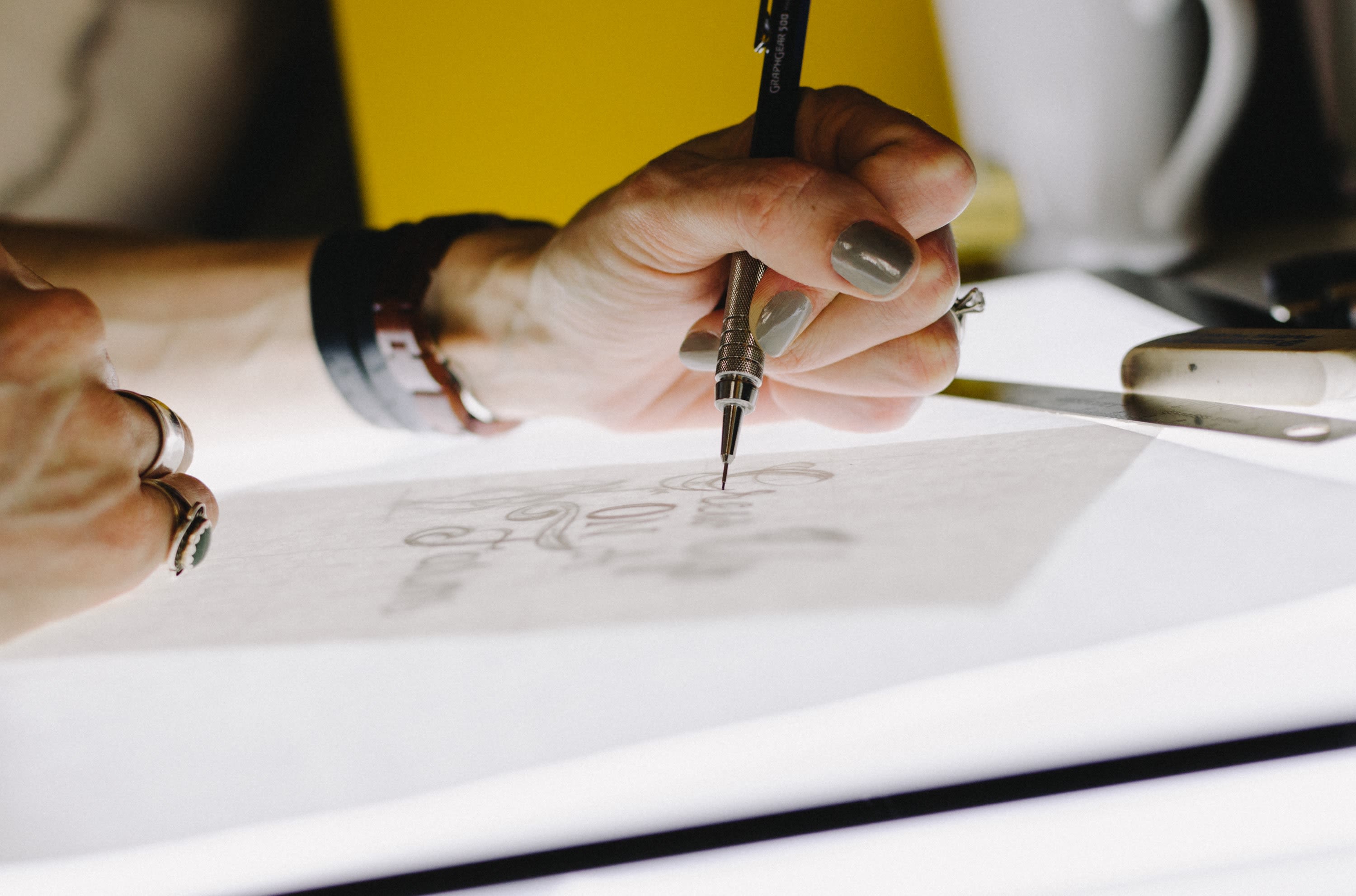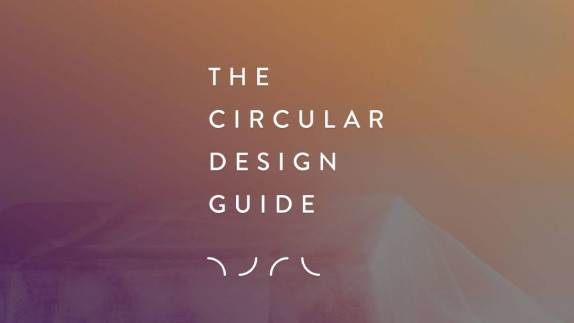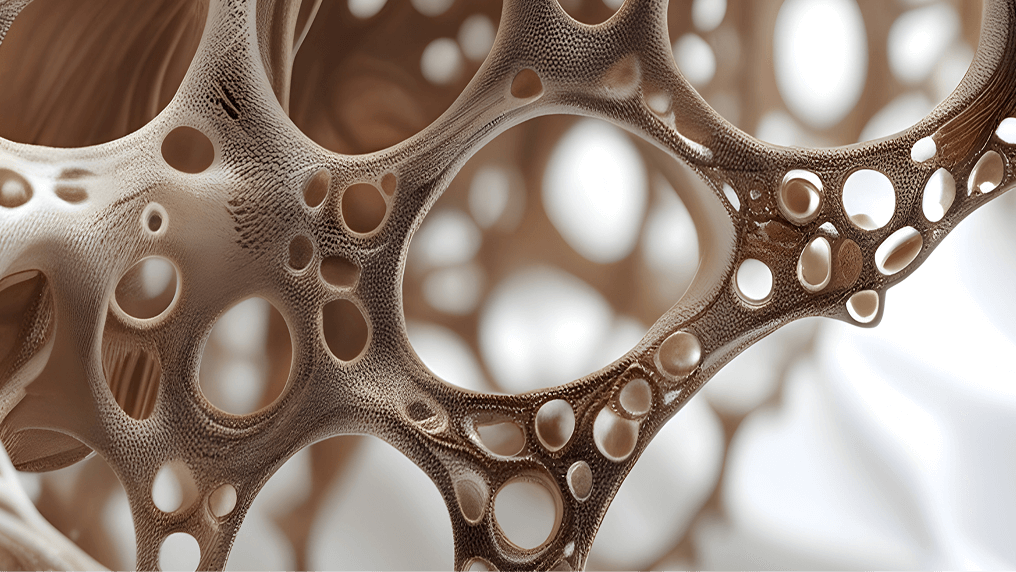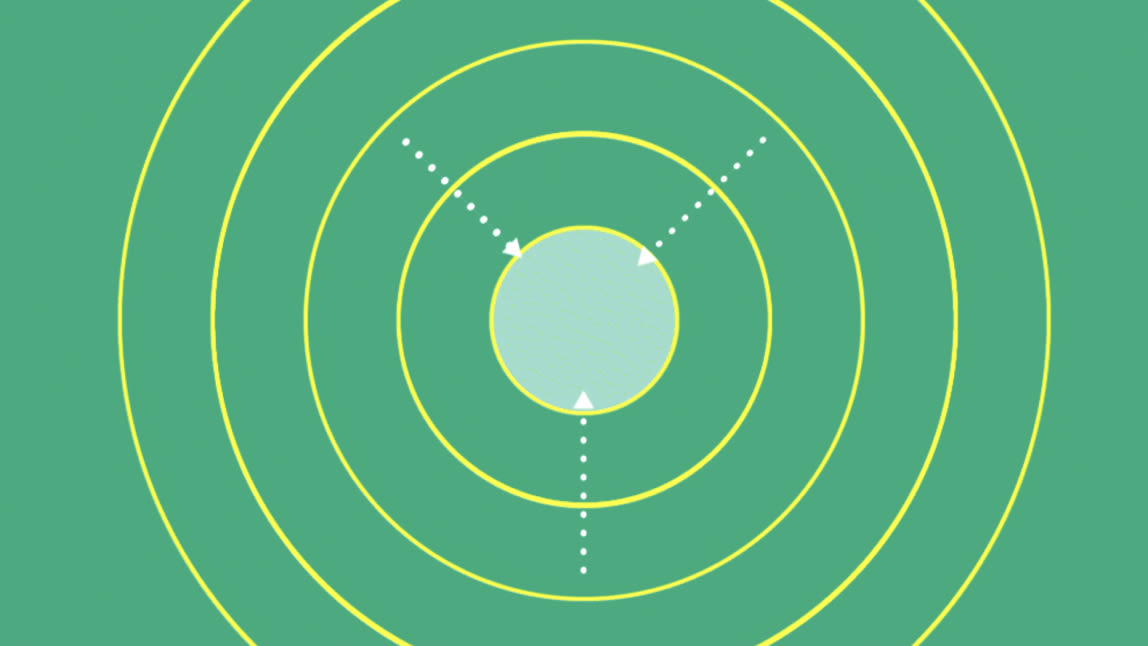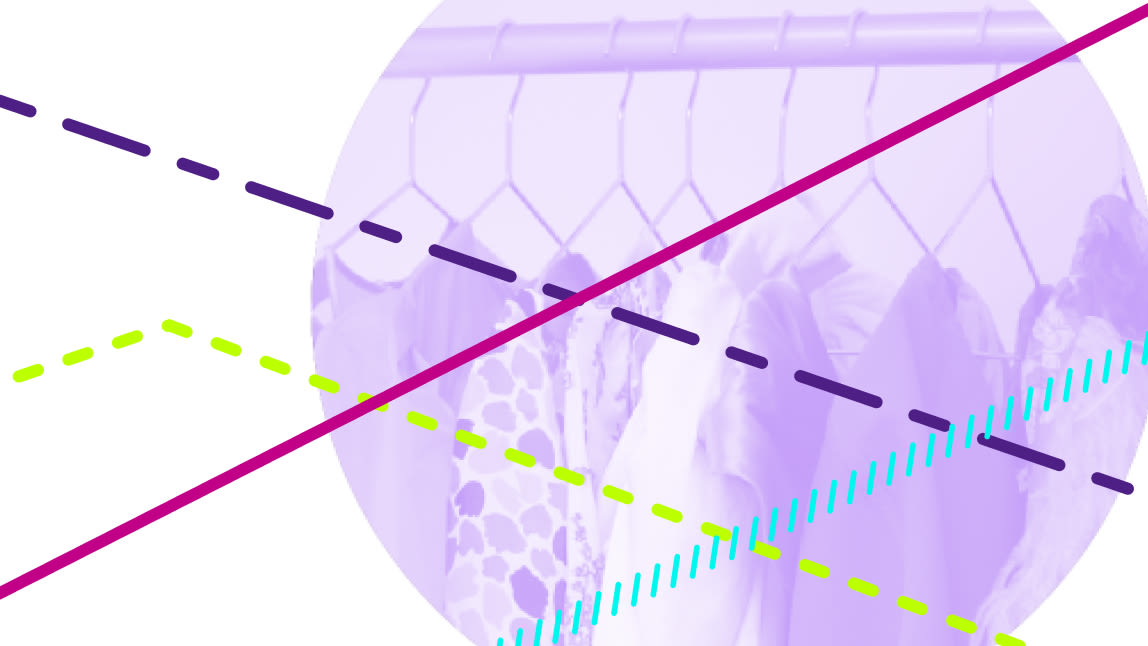Design sits prominently at the heart of the circular economy.
It requires us to redesign everything: products, business models, cities, and the linear systems that have lasted for the past centuries. This deep dive covers the role of design in creating a circular economycircular economyA systems solution framework that tackles global challenges like climate change, biodiversity loss, waste, and pollution. It is based on three principles, driven by design: eliminate waste and pollution, circulate products and materials (at their highest value), and regenerate nature., examining the four-stage circular design process and highlighting six strategies for incorporating the principles of the circular economy into your designs.

What is design?
Design is creation with intention.
Everything that surrounds us has been designed by someone: the clothes we wear, the buildings we live in, even the way we get our food. The Montreal Design Declaration defines design as “the application of intent: the process through which we create the material, spatial, visual and experiential environments in a world made ever more malleable by advances in technology and materials, and increasingly vulnerable to the effects of unleashed global development.”
Put another way, design is the way we create products, services and systems, and is the mechanism by which we shape the material environment around us to meet our needs and desires.
Crucially, when something is designed important decisions are made that impact how it is manufactured, how it is used, and what happens when it is no longer needed or wanted. It is exceedingly difficult to go back and undo the effects of those decisions if they are later found to produce undesirable consequences.
Designing for a circular economy
The next big thing in design is circular.
Design underpins all three circular economy principles – eliminate waste and pollution, circulate products and materials, and regenerate nature.
The reality is that most things today are still designed for the linear model. This means that almost everything needs to be redesigned in accordance with the principles of the circular economy.
In the video below, Chris Grantham, Circular Economy Portfolio Director at IDEO talks about the moment he realised the implications of shifting to a circular economy for designers.

The circular design process
The next evolution of design approaches
The circular design process comprises four stages and is informed by approaches such as design thinking and human-centred design.
Understand - Get to know the user and the system
Define - Put into words the design challenge and your intention as the designer
Make - Ideate, design, and prototype as many iterations and versions as you can
Release - Launch your design into the wild and build your narrative - create loyalty in customers and deepen investment from stakeholders by telling a compelling story
Designing is an iterative process that never finishes. You should constantly be testing and refining as you understand how your users interact with your design, and how it fits within the wider system.
Zooming in and zooming out
Balance user needs with systems awareness
Traditional design approaches place a particular focus on considering and meeting the needs of the end user. If we are to design for the circular economy, we need to look much wider than this, considering not only the user but the system within which the design will exist. This means understanding the impact of our design on stakeholders and building in feedback loops to help identify and address the unintended consequences of our design decisions. At every stage of the design process we need to both zoom in on the user needs and zoom out to consider the systemic implications, oscillating continuously between these two equally critical perspectives.

Strategies for circular design
Incorporate the principles of circular economy into your designs.
There is no single way to design a product or service that creates no waste and pollution or a business model that keeps products in use for years and years. The three principles of the circular economy do not dictate the methods by which they need to be achieved, instead, they leave the door open to countless strategies and innovations.
That said, analysing successful case studies of circular design in practice illuminates certain strategies that appear to be more regularly successful than others. The following sections describes six of these strategies.
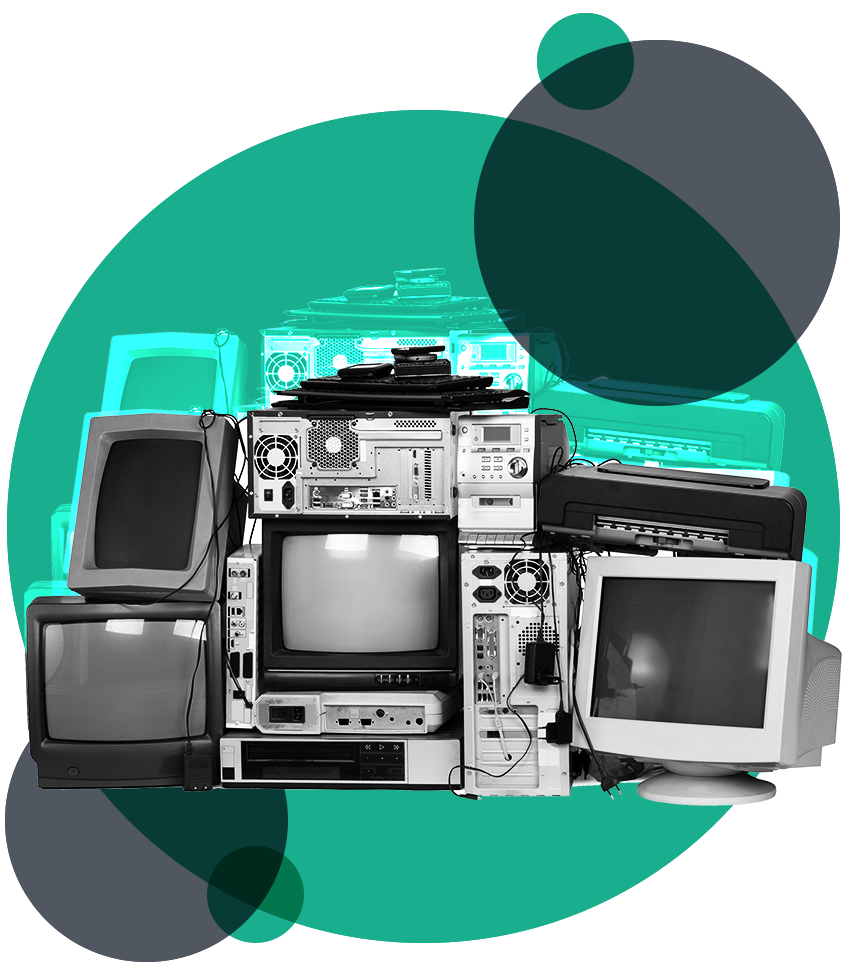
Designing for inner loops
Prioritise the highest value opportunities.
In the circular economy system diagram (shown below), approaches such as reuse, sharing, remanufacturing, and refurbishment sit closer to the centre of the multiple material loops, while recycling sits farthest away. As a rule of thumb, the closer the loop is to the centre of the diagram, the more valuable the approach.
It is no surprise then that many of the most successful examples of circular design are those that prioritise these inner loops of the circular economy. By designing products to be easily repaired or remanufactured, or creating new business models to easily facilitate sharing, these businesses are unlocking new value for themselves and their customers.
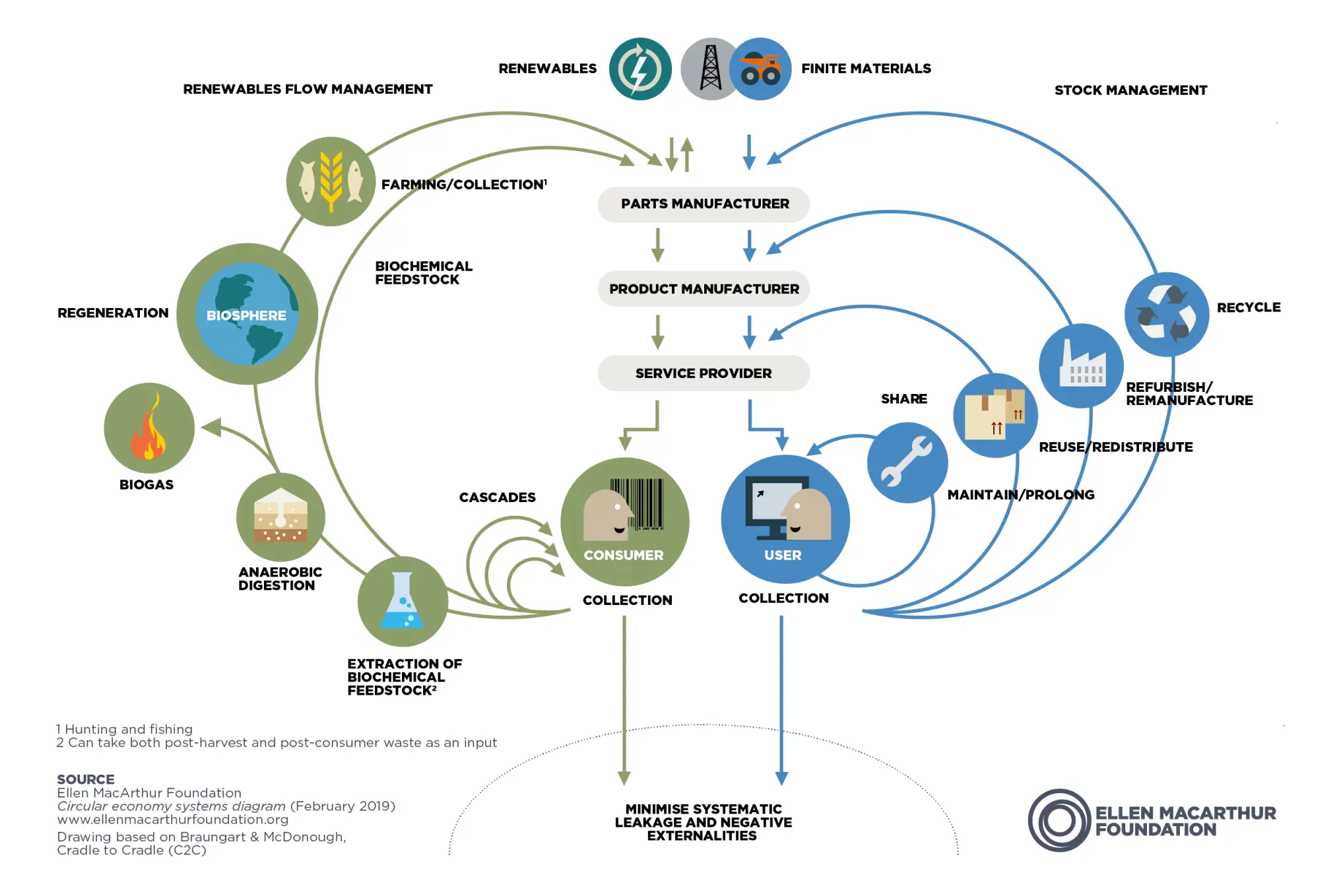

Moving from products to services
Is ownership really necessary?
Central to the concept of circular economy is a shift from ownership to access; understanding that customers often only require access to a product for a short period of time after which they can return it to the service provider or pass it on to a new user.
A host of new businesses, built on this notion, have emerged in recent years offering all manner of products to their customers on a short term basis (through rental, subscription, sharing or leasing) rather than selling it to them forever.
Product life extension
Design products that last.
Extending the life of a product allows it to remain in use for as long as possible, one of the three core principles of circular economy. This may involve designing products to be both physically and emotionally durable or it may require innovative approaches that allow the product to adapt to a user’s changing needs as time passes - as is the case in the two examples below.
Products that resist damage and wear, or retain their emotional appeal are able to be used and reused multiple times, potentially by many different users. In some cases, objects may become even more valuable through repairrepairOperation by which a faulty or broken product or component is returned back to a usable state to fulfil its intended use., as is the case in the Japanese art of Kintsugi.
Explore more - Case study: Shoey Shoes

Safe and circular material choices
What materials should we use to create things?
Not all materials are fit for a circular economy. Some contain chemicals that are hazardous to humans or the environment. Additives are often used unintentionally or for performance reasons - such as improving flexibility or durability - but there are ways to design them out. By choosing materials that are safe and circular, you can build a better offering for your users, while ensures that the products and services you create fit within a circular economy.
The Circular Design Guide contains a series of methods and tools to help designers make safe and circular material choices.

Dematerialisation
Reduce the resource requirements of your designs.
This strategy is all about finding solutions to deliver utility using the minimum amount of material possible. This could mean finding ways to virtualise your offering, creating a digital rather than a physical product - services such as Spotify and Netflix being prime examples of this approach. It could also mean designing your product or service in such a way that it requires only a minimal amount of physical material to create.
This case study presents a business that has drastically dematerialised its packaging materials, by employing durable, reusable containers rather than single-use packaging.
Modularity
Design for upgradability and easy repair.
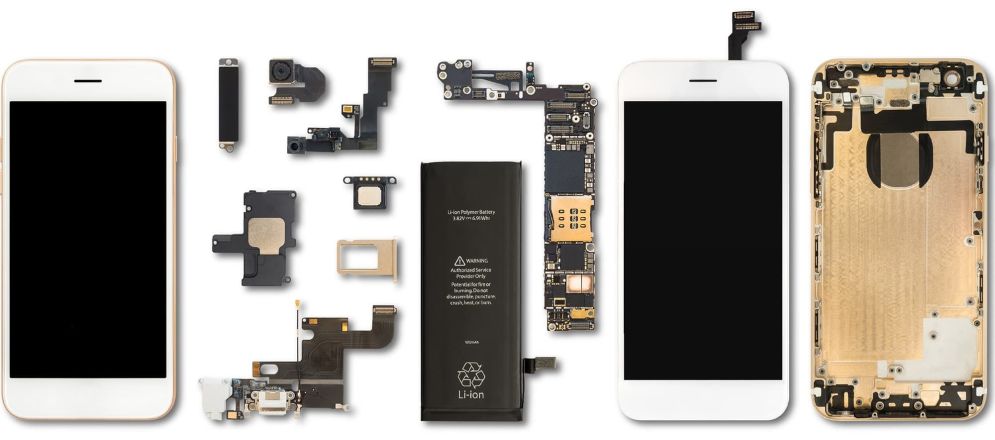
Modular design is a useful strategy for making products easier to repair, remanufactureremanufactureRe-engineer products and components to as-new condition with the same, or improved, level of performance as a newly manufactured one., and upgrade. By making it easy to remove only part of a product, you make it easier to disassemble, lowering the cost and effort to swap out components when they are damaged.
Additionally, modular systems are easier to customise and therefore adapt to the variable and forever needs of users, preventing products from becoming obsolete and ensuring they are kept in use for long periods of time.
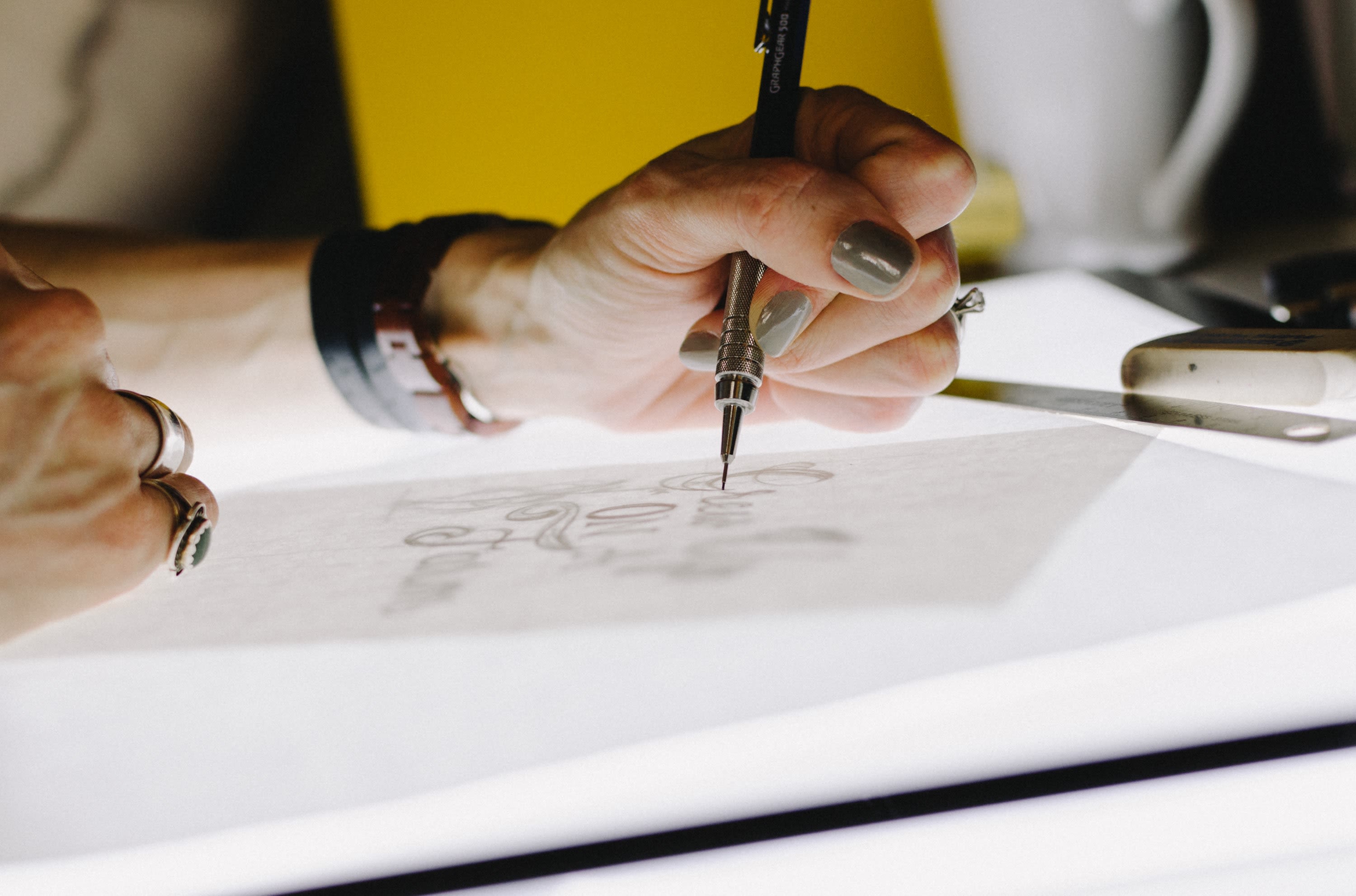
Pause for thought
What other strategies do you think are important when designing for a circular economy?
The evolution of design
What does the future of the design profession look like?
In this video, Tim Brown, CEO of IDEO, shares his thoughts on the implications of circular design evolution.
A toolkit for the circular designer
Design is such an important part of the creation of a circular economy that the Ellen MacArthur Foundation and IDEO partnered to create the Circular Design Guide, a free resource for designers looking to incorporate the principles of the circular economy into their work.
The guide contains a large collection of tools, methods, resources, and mindsets to help designers through all stages of the circular design approach. There is also a section containing stories that portray the journey and work of pioneering circular designers.
-----------------------
Funded by Eric and Wendy Schmidt Fund for Strategic Innovation
